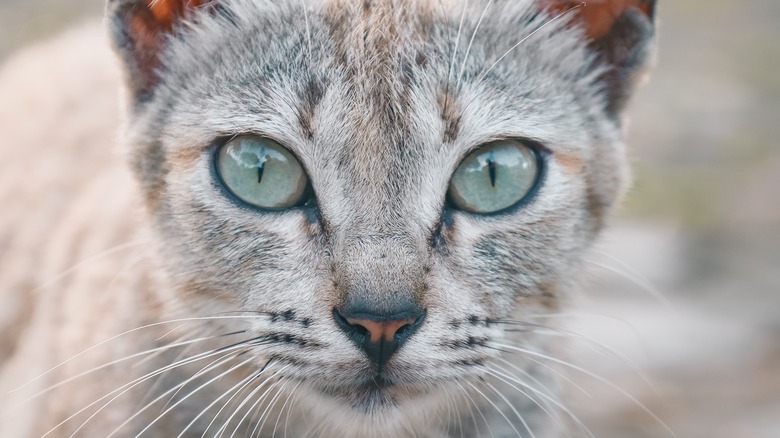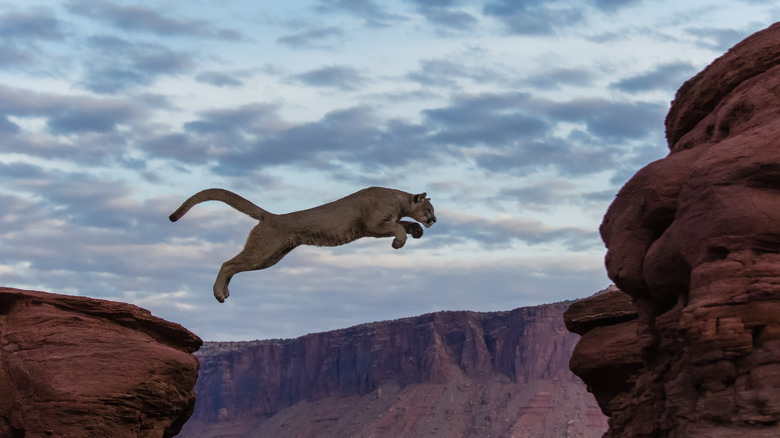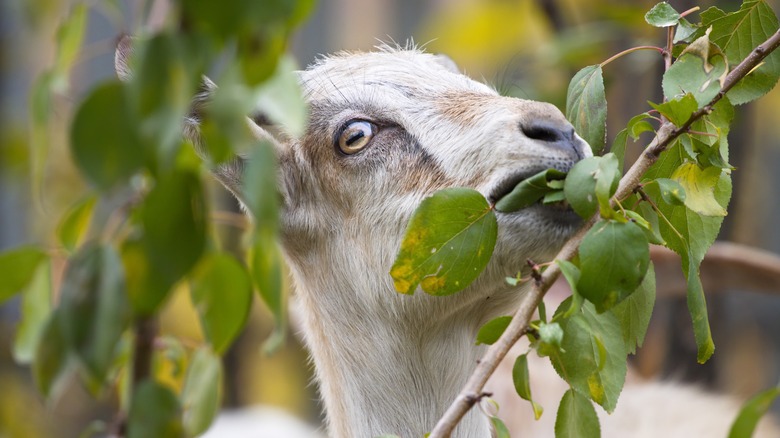Why Cats Have Vertical Pupils
If you have a cat, you may have noticed its vertically shaped pupils and wondered why its eyes don't look like your own. It turns out vertical-slit pupils are common among nocturnal ambush predators, such as cats and snakes. A study published in Science Advances found that this eye shape most likely provides cats and other ambush predators the sharpest way to gauge distances for leaping on their prey.
Other benefits of vertical-slit pupils is their ability to allow for a larger change of area in the cats eye. They are able to do this due to two extra side muscles that more strongly open or close the pupil. In addition, vertical-slit pupils have a 135-fold change between constricted and dilated states, while the round pupils in human eyes only allow for a 15-fold change. This gives cats a more dynamic range, allowing them to adjust more precisely to lighting conditions. Cats are able to see in extremely dim light while also being able to adjust their eyes to prevent being blinded by bright light (via Fear Free Happy Homes).
Cats' pupils allow them to gauge depth with high accuracy
There are two ways that humans and animals gauge depth, and cats' eyes are designed for both. In the first, called stereopsis, the brain compares the images coming in from each eye in order to tell how close objects in view are. It turns out that it is easier to discern the distance between the two images to gauge depth using vertical lines than it is with horizontal lines. This means that vertical pupils tend to provide the best views for stereopsis.
The second way that depth can be determined by the eyes is using the blur of objects in the distance. Cats and other slit-pupil predators most likely use blur to determine depth at horizontal distances. In order to maximize the effect of blur, the pupil needs to be able to open wide from the top to bottom. The ideal shape for this is a pupil that is narrow horizontally and wide vertically. This perfectly describes the vertical-slit pupil shape of cats eyes (via Live Science).
Cat eyes are the ideal shape for both ways of determining depth, which is necessary for hunting. Cats are ambush predators, meaning they sneak up and pounce on their prey. Being able to correctly judge depth is an important part of ambushing prey and not missing the mark. Cats are extremely accurate at this thanks to their pupil shape.
Other animals' pupils have their own functions
Vertical slit pupils in ambush predators are not the only types of pupils that serve a specific function. In the Science Advances study, the research team also studied the rectangular pupil shape of herbivorous prey animals like goats, sheep, horses, and some toads. The researchers found that 36 fof 42 of these animals had a rectangular pupil shape.
The horizontal shape of herbivorous prey animals helps to minimize input from above and below, while maximizing input from the front and back. This create a panoramic view that allows the animal to see all sides of its body more easily. The horizontal shape helps to keep them from being blinded by sunlight while not compromising the rest of the field of view. The horizontal shape also helps to minimize the blur of horizontal contours. This creates a sharper image of the ground, an ideal trait in prey animals that may need to run away at any given moment, should a predator appear.
While this research may have found reasons for vertical slit and horizontal pupils, the reason behind other pupil shapes, such as the round shape of human pupils, is less clear. Future research will need to be conducted in order to determine if there is an evolutionary advantage to the human eye pupil in the same way that ambush predators and herbivorous prey have developed.


